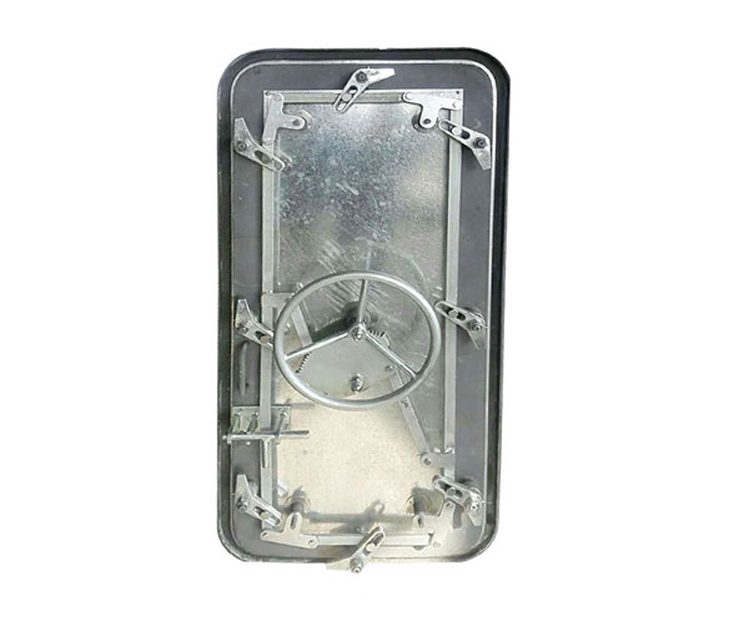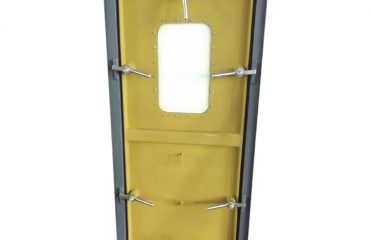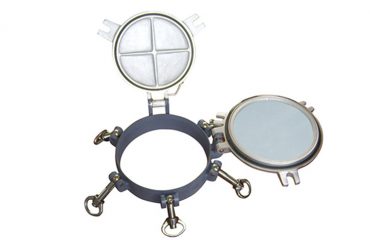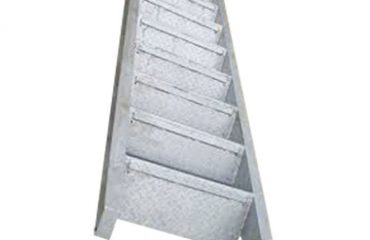Ship doors are far more than simple entryways—they are integral components that safeguard a vessel’s structural integrity, protect crew and cargo, and ensure compliance with global maritime standards. Unlike doors in buildings, which primarily focus on privacy or access control, ship doors must withstand extreme conditions: constant exposure to saltwater, fluctuating temperatures, high winds, and even potential collisions. Their design and functionality directly impact a ship’s safety, efficiency, and ability to operate across different marine environments.
One of the most notable distinctions among ship doors lies in their type, each tailored to specific areas of a vessel. Watertight doors are perhaps the most critical, installed in hull compartments, engine rooms, and below-deck areas. These doors create sealed barriers that prevent water from spreading between sections if the hull is damaged—a feature that can be life-saving during flooding incidents. They are typically operated manually or hydraulically, with robust gaskets that form a tight seal when closed. In contrast, weathertight doors are used on upper decks, balconies, or cargo holds exposed to the elements. While they do not need to withstand full submersion, they must resist rain, waves, and wind to keep interior spaces dry and protect cargo from water damage.

Material selection is another key factor in ship door design, as it directly affects durability and performance. Steel is a common choice for watertight and weathertight doors due to its strength and resistance to corrosion—though it often requires regular maintenance, such as painting or coating, to prevent rust from saltwater. For areas where weight is a concern, such as on smaller vessels or upper decks, aluminum doors offer a lighter alternative while still providing adequate durability. In specialized areas like galleys or storage rooms for perishable goods, insulated doors may be used to maintain temperature control, preventing heat transfer between different parts of the ship.
Safety standards play a pivotal role in ship door manufacturing and installation. Organizations like the International Maritime Organization (IMO) set strict guidelines, such as the SOLAS Convention (Safety of Life at Sea), which mandates specific requirements for watertight door operation, testing, and accessibility. For example, watertight doors in critical areas must be capable of closing quickly—either automatically in case of an emergency or manually by crew members—and must be clearly marked with instructions. Regular inspections and maintenance are also required to ensure doors function properly, as even a small leak or faulty hinge could compromise a ship’s safety.
Technological advancements have further enhanced ship door functionality in recent years. Modern vessels increasingly feature automated ship doors equipped with sensors that detect water levels or fire, triggering automatic closure to contain hazards. Some doors also include remote monitoring systems, allowing crew members to check door status (open/closed, sealed) from the ship’s control room—improving efficiency and reducing the need for manual checks. Additionally, eco-friendly designs have emerged, such as doors made from recycled or low-maintenance materials that reduce a vessel’s environmental footprint without sacrificing performance.
Beyond safety and functionality, ship doors also contribute to a vessel’s operational efficiency. Cargo hold doors, for instance, are designed for easy loading and unloading—with large, sliding or hinged designs that accommodate heavy machinery or bulk goods. Passenger ship doors, meanwhile, prioritize ease of access for travelers while maintaining safety, with features like wide openings and clear signage. Even small details, such as non-slip handles or corrosion-resistant locks, play a role in ensuring smooth daily operations for crew and passengers alike.





